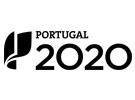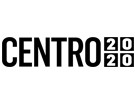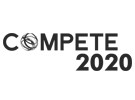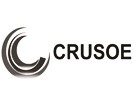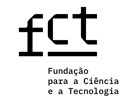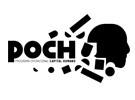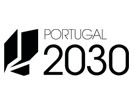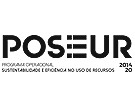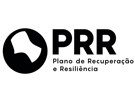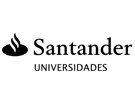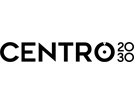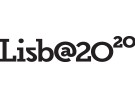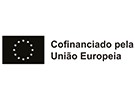



Publication in the Diário da República: Despacho nº 14312/2015 - 02/12/2015
5 ECTS; 1º Ano, 2º Semestre, 15,0 T + 45,0 PL + 3,50 OT , Cód. 912309.
Lecturer
(1) Docente Responsável
(2) Docente que lecciona
Prerequisites
Previous kowledge of geometric solid projections, cuts and sections and axonometric perspectives.
Objectives
A-Provide students not only with solid knowledge, but also with a set of skills and attitudes that make them capable of practising as mechanical engineers.
B-In particular, the aim is to equip students with the knowledge to design mechanical parts and assemblies using advanced computer-aided design (CAD) applications.
C-Complexes of dimensioning: dimensional tolerances, geometric tolerances, adjustments and surface finishes.
D-Design of machine elements.
Program
1. Dimensional tolerances and surface finish
-Introduction
-ISO Dimensional tolerance standards
-Drawing tolerances
-Fittings
-Recommended fittings
-Control of dimensional fittings
-Surface finishing quality
2. Geometric tolerances
-Geometrical vs Dimensional Tolerances
-Geometrical tolerance symbology
-Using geometrical tolerances in practice
3. Technical drawing of welded joints.
-Welding processes
-Welding symbology
-Using welding symbols in practice
4. Machine components.
-Connection elements
-Mechanical springs
-Bearings
-Machine components
5. Advanced application in CAD
-Solid modelling
-Mechanical components data bases
Evaluation Methodology
i) Continuous Assessment
- Development of Works (10)
-Project(10)
Final classification = Work1 (10) + Project(10)
ii) Final Assessment
Test (20
The TL works are developed and monitored throughout the classes.
If the student misses classes, he will have to perform a TL on the day of the exam.
Bibliography
- Costa, A. (2016). Projecto 3D em Solidworks. (Vol. 1). Lisboa: FCA Editora
- Dias, J. e Tavares Ribeiro, C. e Silva, A. e Sousa, L. (2004). Desenho Técnico Moderno. (Vol. 1). Lisboa: LIDEL
- Morais, S. (2006). Desenho Técnico Básico. (Vol. 3). Porto: Porto Editora
Teaching Method
After the exposure moments of the theoretical concepts, several practical exercises in CAD will be solved. The Inventor® software will be used as a tool to apply the theoretical concepts and to solve practical exercises.
Software used in class
Inventor.
SolidWorks.
Microsoft Teams.
